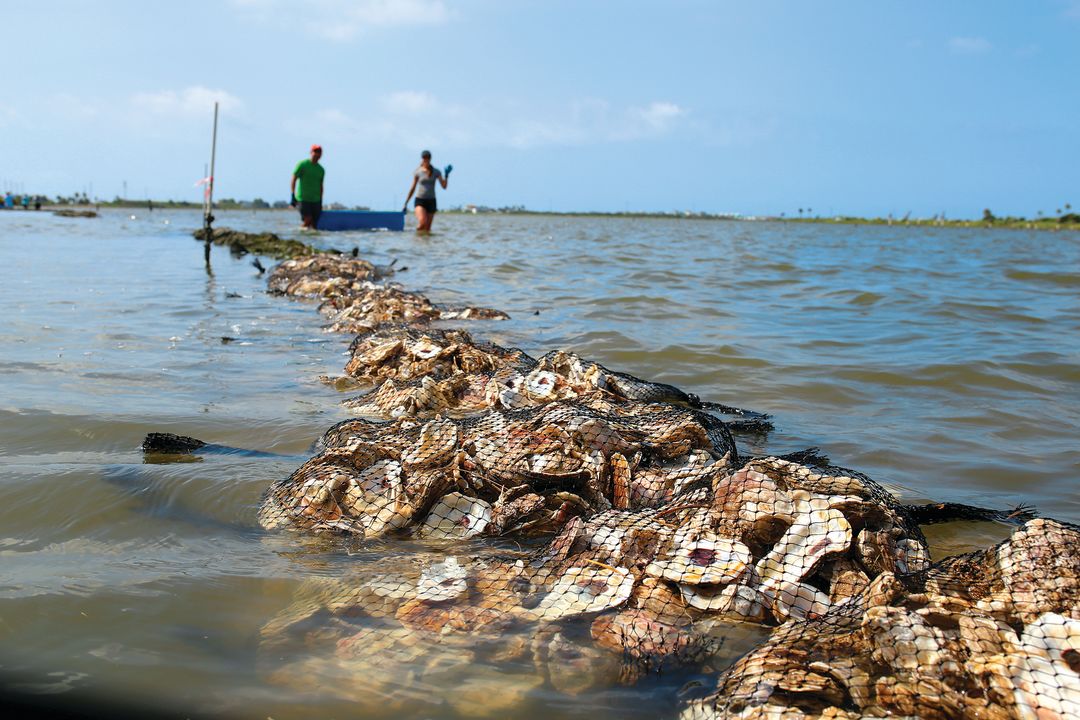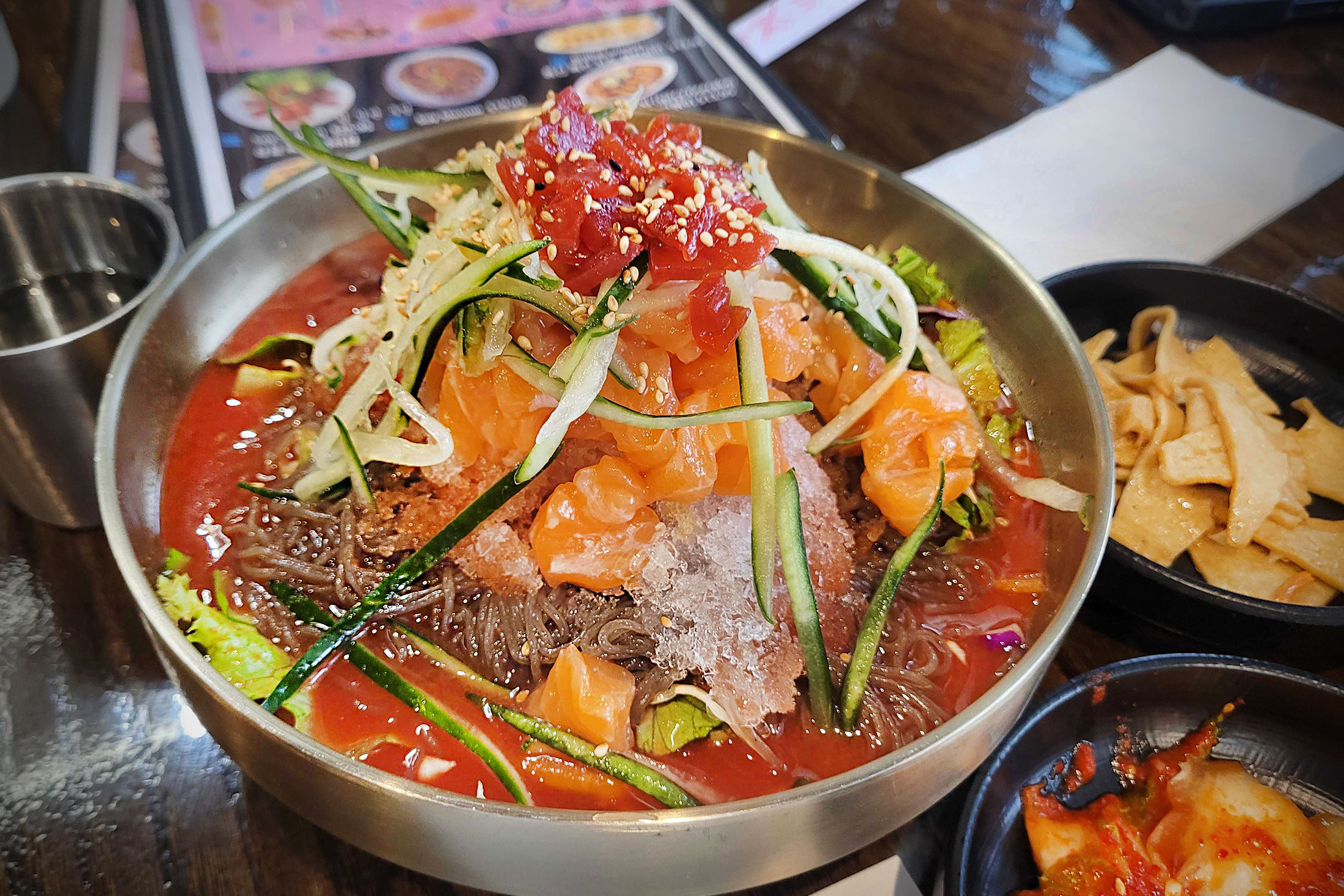What to Know About Galveston Bay Oysters

*Due to COVID-19 concerns, the Houston Oyster Festival has been postponed to spring 2021.
This month ecologically minded chefs from more than 15 Houston restaurants like Goode Co. Seafood, Loch Bar, and Field & Tides will offer up cocktails and specialty oyster-centric dishes during the inaugural Houston Oyster Festival*. Proceeds will directly benefit the Galveston Bay Foundation, a nonprofit dedicated to the bay’s conservation, and its oyster shell recycling program. The goal? To raise enough funds to expand the program to Houston, where kitchens serve up thousands of oysters each year but are forced to simply throw away the empty shells—even though these shells are key to rebuilding the struggling reefs in Galveston Bay.
What’s happened to oysters in Galveston Bay?
While more than 80 percent of the world’s natural oyster reefs have been damaged over the past century by a combination of overharvesting, pollution, and other environmental factors, the decline of the Galveston Bay reefs—the primary source of Texas oysters—was more sudden. The Galveston Bay Foundation determined 2008’s Hurricane Ike dropped silt and debris on 8,000 acres of reef, killing up to 90 percent of oysters in specific areas and destroying approximately half of all oyster habitats throughout the bay. The historic drought from 2011 to 2015 did still more damage, and then came Harvey in 2017. And while comprehensive data on Harvey’s impact is still unavailable, it’s safe to say the storm further compounded the crisis—still, oysters continue to soar in market demand.
Okay, so what’s being done?
In 2011 the GBF began an ambitious project to collect and recycle discarded oyster shells from restaurants near the bay. The shells are sun-cured for at least six months, bagged in nets, and returned to the bay in reef-like arrangements as new habitat for wild oysters to populate. Since its inception, the program has saved over two million pounds of oyster shells from ending up in the trash. Instead they are deposited in Galveston Bay where younger oysters can attach to the recycled shells, rebuilding the foundations of the reefs.
But the program is limited. “There’s only one truck, one trailer, and one of me,” says Shannon Batte, the foundation’s lone oyster shell recycling assistant. Batte makes three trips a week to some of the eight participating Galveston-area restaurants to pick up shells. Local restaurant owners want to get involved, but Batte currently makes the rounds herself and many Houston restaurants are too far away to be on her regularly scheduled route.
Why do Houston chefs care so much about Galveston Bay oysters, anyway?
Many have realized that what ends up on their menus depends on how well maintained the supply systems are, especially when it comes to oysters. Take it from Levi Goode, chef and president of Goode Company Restaurants: “To create sustainability at that level is of vital importance as cities like Houston get more dense with people. It’s kind of our civic duty and responsibility for all people involved, from consumers to the fisherman to the restaurants and chefs,” he says. “Going to an oyster bar and getting a cold beer with a dozen oysters on the half shell is a part of our lifestyle to some degree—a part of our culture. I can’t imagine being in Houston or anywhere on the Gulf Coast and that not being available.”
So how will the festival help?
The hope is that ticket sales will fundraise enough to meet the recycling program’s bottom line, allowing the GBF to hire more staff and invest in more efficient equipment—like a pickup outfitted with a dump-truck bed and recycling bin lift—to enable more restaurants to participate.
“We have a huge ongoing database of restaurants in the Houston-Galveston region that sell oysters, and probably 60 to 75 percent are within the Inner Loop,” says GBF Habitat Restoration Manager Haille Leija. “It just makes more sense to go to a more densely populated area.”
An expanded version of the program could reach Houston as early as 2021.




